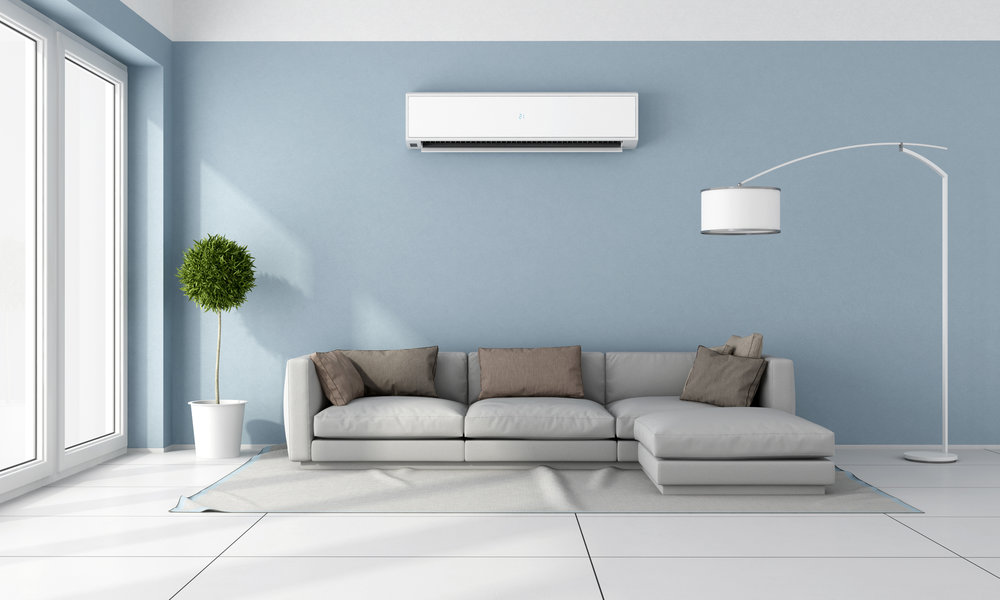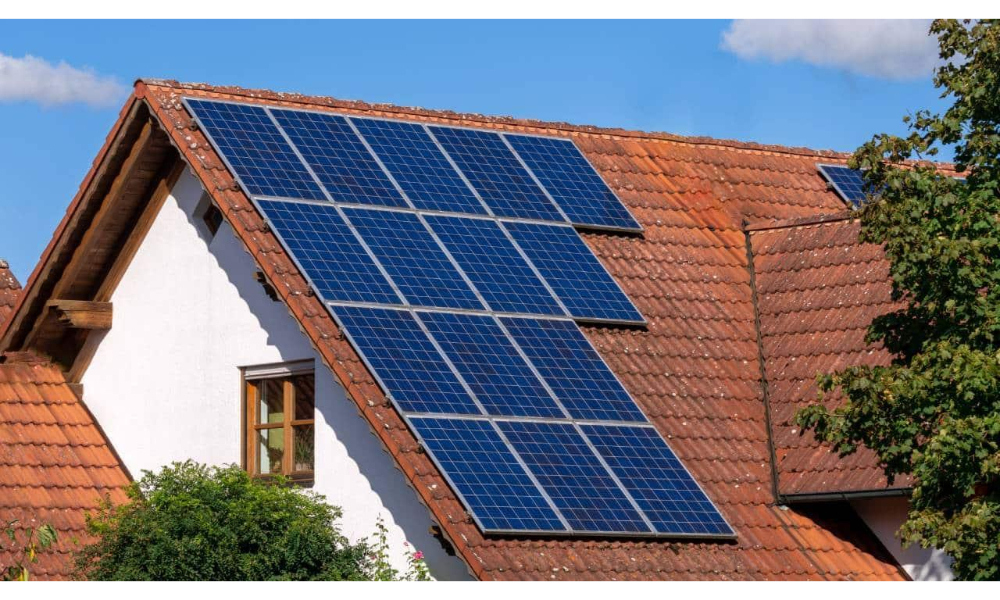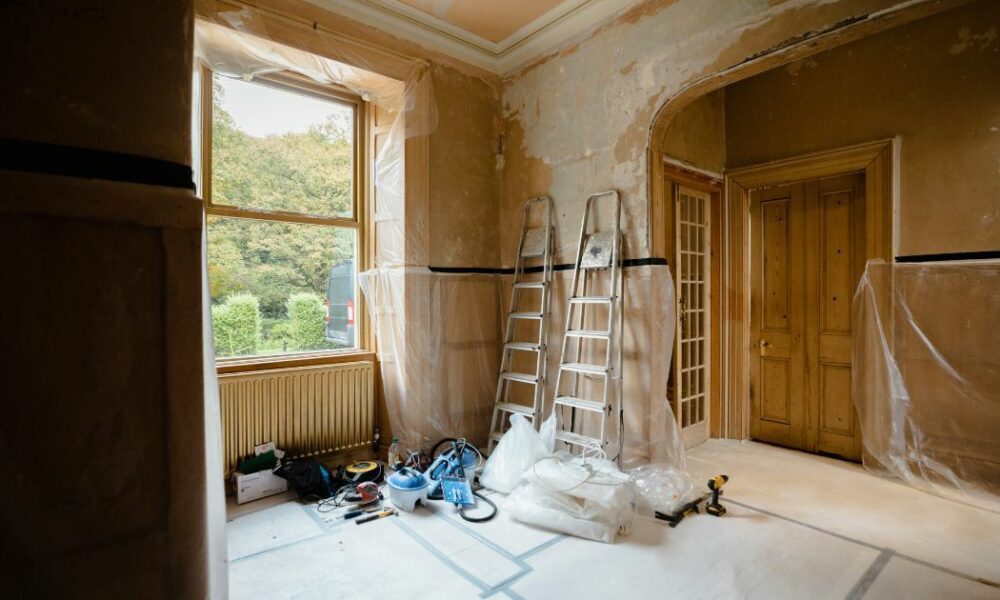In today’s world, there is an increasing awareness of the need to adopt eco-friendly practices in our daily lives. One area where we can make a significant impact is by implementing sustainable solutions in our homes. By making small changes to our living spaces, we can reduce our carbon footprint, minimize waste, and contribute to a healthier environment. Here are some eco-friendly home solutions that you can incorporate into your lifestyle:
1. Energy-efficient Appliances
Investing in energy-efficient appliances is a great way to reduce your home’s energy consumption. Look for appliances with the ENERGY STAR label, as they are designed to use less energy without compromising performance. Switching to LED light bulbs, installing programmable thermostats, and using low-flow showerheads are also effective ways to conserve energy and reduce utility bills.
2. Renewable Energy Sources
Consider harnessing the power of renewable energy sources such as solar or wind power to generate electricity for your home. Installing solar panels on your roof can provide clean and sustainable energy, reducing your reliance on fossil fuels. Additionally, some governments offer incentives and tax credits for adopting renewable energy solutions, making it an even more attractive option.
3. Water Conservation
Implementing water-saving measures in your home can significantly reduce water waste. Install aerators on faucets and low-flow toilets to minimize water usage. Collect rainwater for watering your plants and garden. Incorporate drought-tolerant plants into your landscaping to reduce water requirements. These simple steps can help conserve water and preserve this valuable resource.
4. Waste Reduction and Recycling
Reduce, reuse, and recycle should be the mantra for an eco-friendly home. Minimize the use of single-use plastics by opting for reusable alternatives such as cloth bags, stainless steel water bottles, and glass food containers. Set up a recycling system in your home to separate recyclable materials from general waste. Compost organic waste to create nutrient-rich soil for your garden. By adopting these practices, you can significantly reduce the amount of waste that ends up in landfills.
5. Sustainable Materials
When renovating or furnishing your home, opt for sustainable materials. Choose furniture made from reclaimed or recycled materials. Use eco-friendly paints and finishes that are low in volatile organic compounds (VOCs). Consider using bamboo flooring, which is a sustainable alternative to hardwood. By selecting environmentally friendly materials, you contribute to the conservation of natural resources and reduce environmental impact.
6. Efficient Insulation
Proper insulation is essential for maintaining a comfortable indoor environment while reducing energy consumption. Insulate your home to prevent heat loss during winter and minimize heat gain during summer. This will reduce the need for excessive heating or cooling, resulting in energy savings. Use eco-friendly insulation materials such as cellulose or sheep’s wool, which have a lower environmental impact compared to traditional insulation options.
7. Natural Lighting and Ventilation
Maximize natural lighting in your home by strategically placing windows and skylights. This reduces the need for artificial lighting during the day. Additionally, ensure proper ventilation to improve indoor air quality and reduce the reliance on air conditioning. Utilize window coverings such as blinds or curtains to regulate sunlight and heat, depending on the weather.
By incorporating these sustainable home solutions into your lifestyle, you can create an eco-friendly living space that benefits both the environment and your well-being. Start small, make gradual changes, and encourage others to follow suit. Together, we can make a significant difference towards a more sustainable future.




